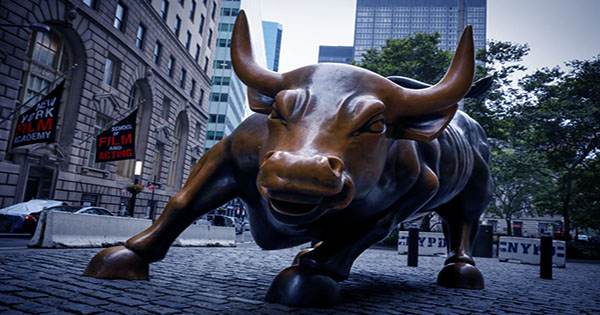Raising a seed round from a16z was not difficult for Manu Bansal, the founder of Lightup.ai. His previous firm, Uhana, was founded in 2016 with NEA funding and acquired by VMWare three years later. Therefore, he had shown that he could not only construct a product, but also a company, attract a workforce, generate money, and, most crucially, get it to a successful exit.
However, as he was raising the seed round in 2021, he faced a challenge: the venture capital market had become extremely hot. In 2016, VC investments in the United States totaled around $80 billion. According to PitchBook NVCA, the amount of capital deployed by 2020 will be $164 billion. Without a doubt, the year 2021 will be the pinnacle of this movement.
Startups have never had it so nice before. The list of superlatives used to describe this irrational bull market is growing. Silicon Valley is the Black Friday deal at Walmart. Founders have the ability to raise funds quickly. Ask Bansal, who was swamped with investors three months after closing his seed round and was ready to do a preemptive up round. He cautions, however, that this could be a trap.
Competition heats up as the supply of capital increases, especially for people like Bansal. The amount of unwanted inbounds continues to rise, with each attempt to gain the attention of the founders becoming increasingly bizarre. The easiest approach for investors to capture the attention of the founders is to inflate the valuation, anyone up for a round of golf.
When I was planning the seed round in 2021, however, a problem arose: the venture capital market had become extremely hot. In 2016, the total amount invested in venture capital in the United States was around $ 80 billion. According to PitchBook NVCA, deployed capital will reach $ 164 billion by 2020. Of course, 2021 wants to be in the forefront of this trend.
However, the bad side of this market can become a vicious preemptive trap, a cycle in which an A round occurs too soon, followed by a B round in a few months, and then a C round not far behind. “A company’s measurements cannot change significantly in such a short period of time.”As one of my investors put it, figuring out go-to-market (GTM) involves time constants,” Bansal added.
















